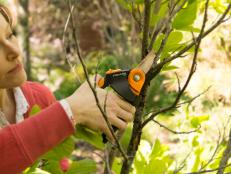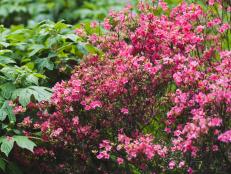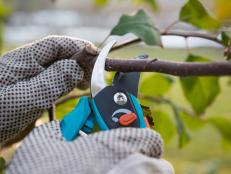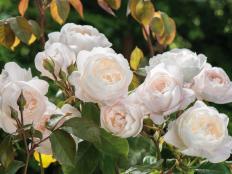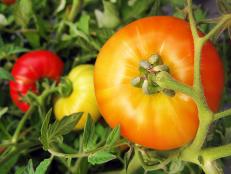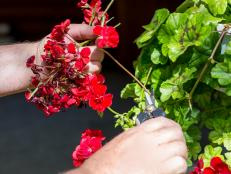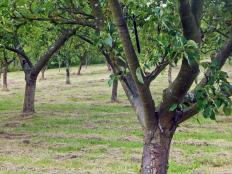Late Winter and Early Spring Pruning Guide
Get ready for late winter and early spring pruning chores.

iStock/serdjophoto
Pruning plants while they’re still dormant — in late winter and early spring — offers several advantages. First, it gives you a great excuse to head into the garden on a balmy day when it’s really too early to tackle other spring chores. Dormant-season pruning also permits you to see plant form and structure clearly, a benefit when you’re shaping trees and shrubs.
Any pruning creates a wound that a plant must seal. By pruning before growth begins, you pave the way for fast sealing during spring’s rapid growth spurt. Pruning during cool days also reduces the stress a plant experiences. Another advantage is that pruned plants hit the growing season with a bonus reservoir of stored food in roots, courtesy of all the growth you remove.
11 Plants You Should Never Prune in Early Spring 38 Photos
Avoid costly mistakes by making sure you don't prune these plants too soon.
Start your pruning chores by tackling evergreens with needles, like pine, juniper or yew. Also prune broadleaf evergreens grown for foliage, including boxwood, privet, hollies and euonymus. For these plants, focus on fixing plant shape, removing wayward branches or thinning unwanted branches. Avoid cutting into old wood; it may not resprout.
Prune shrubs that don’t flower in spring, including rose of Sharon, crape myrtle, hardy hibiscus, butterfly bush and Peegee hydrangea. Place pruning cuts to shape plants and thin shrub interiors. In the coldest areas, you should ideally wait to prune summer bloomers until all danger of frost has passed.
For summer bloomers that need to be cut almost to the ground, tackle pruning in two stages. Reduce height first, but don’t cut stems to final size until frost is out of the forecast. Don’t prune spring-blooming shrubs (lilac, forsythia, weigela, mock orange) until after flowers fade.
With red- and yellow-twig dogwoods, you’ll keep plants at their most colorful if you remove a few stems each year, cutting to ground level. Maintain these shrubs so they never have stems more than three years old.
Tackle pruning shrub roses while plants are still dormant or as new growth emerges in the coldest zones. Place cuts to shape plants and remove winter-damaged stems. For climbing roses, only remove winter-damaged growth in late winter or early spring.
Shape vines that flower in summer while they’re still dormant. This group includes trumpet vine, passionflower, honeysuckle and bittersweet, along with clematis that bloom on new growth.
Prune deciduous trees just before they leaf out. With early spring bloomers like redbud and dogwood, postpone pruning until after flowers fade. Birch, walnut and maple bleed sap after pruning. This usually doesn’t harm the tree, but pruning in fall or early winter, before sap starts flowing, can reduce bleeding.
Some trees, like oaks, crab apples and elms, have strict pruning windows (winter) to avoid giving pests and diseases access to fresh cuts. Check with your local extension office to confirm pruning windows for your area.

.-Battle-on-the-Beach-courtesy-of-HGTV.-.jpg.rend.hgtvcom.196.196.suffix/1714761529029.jpeg)






